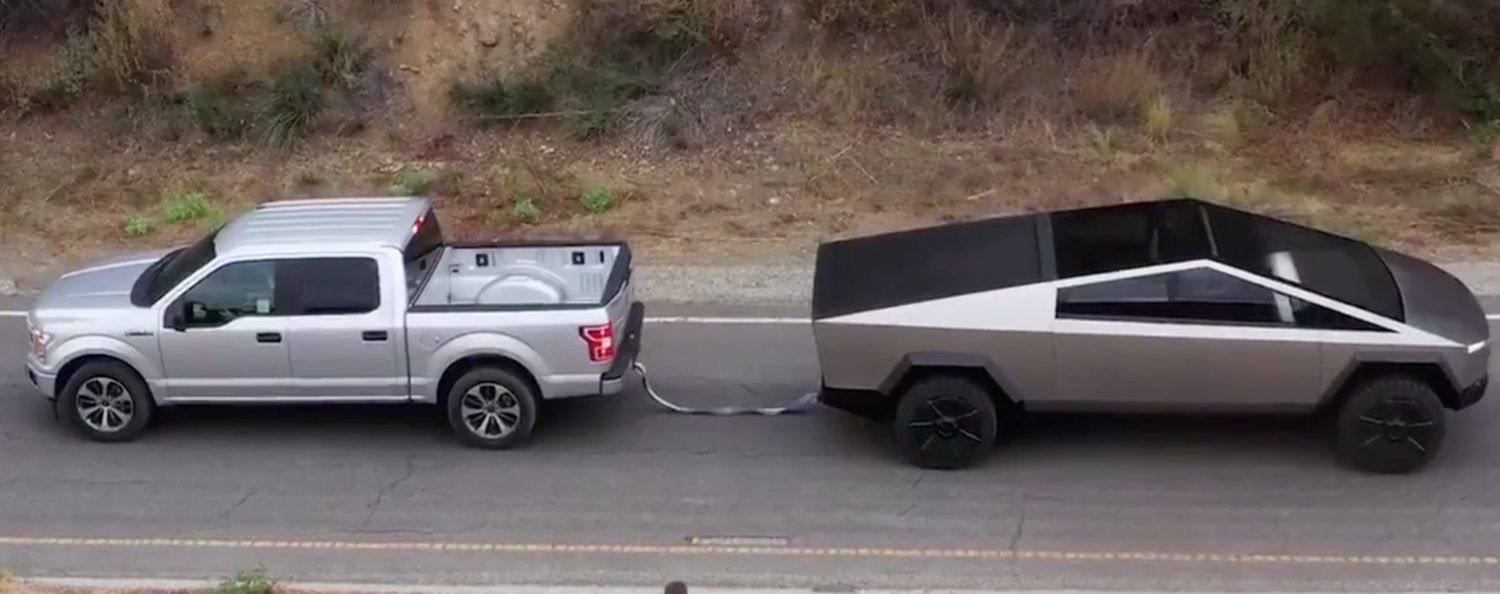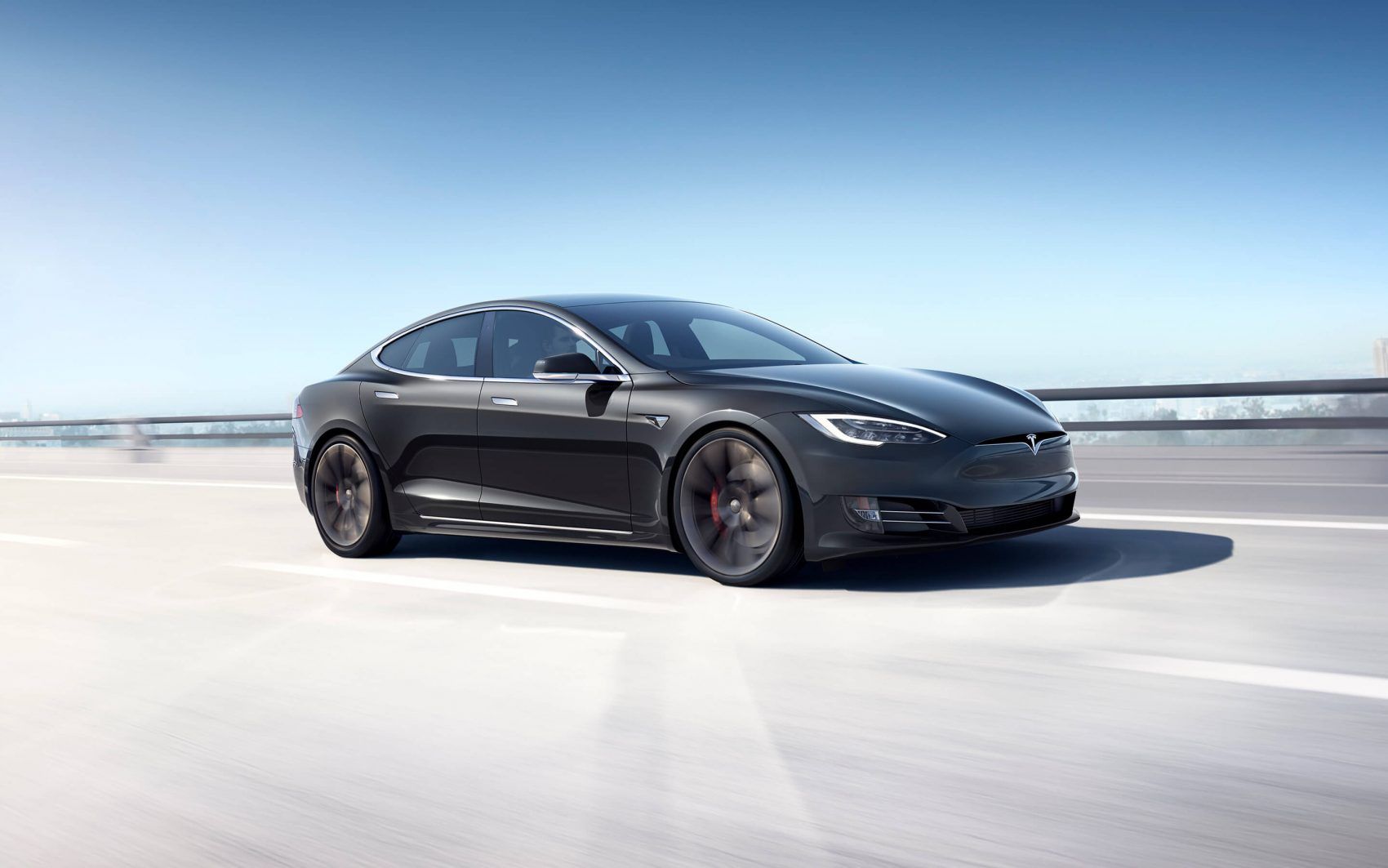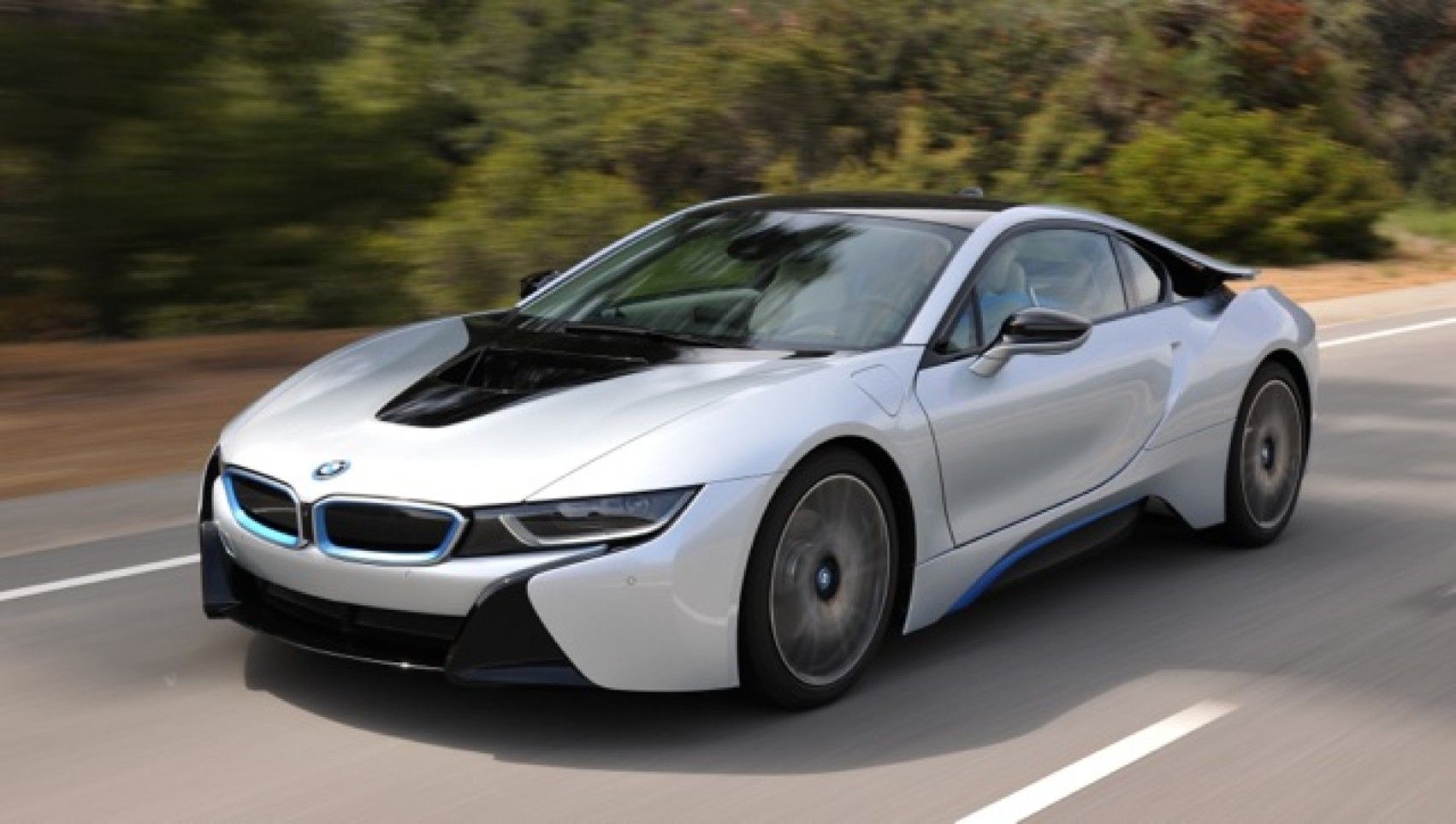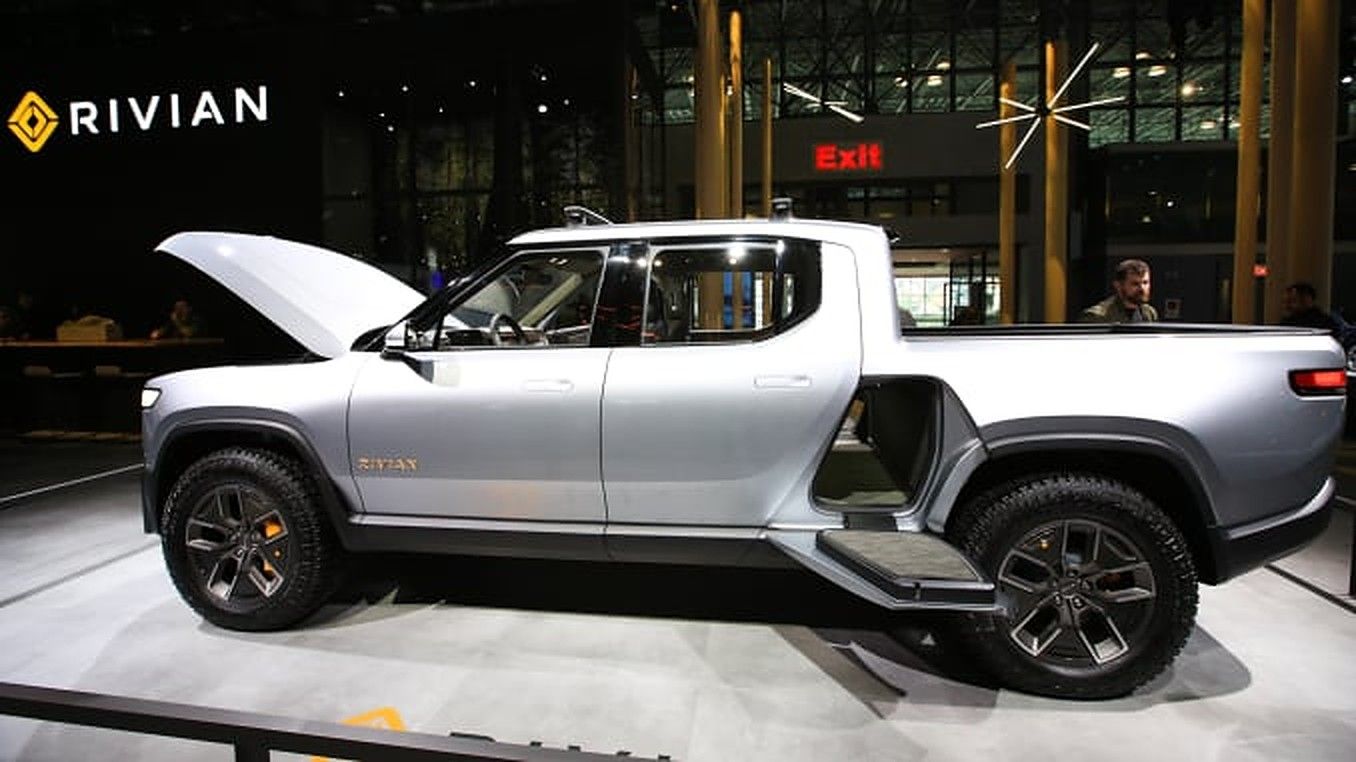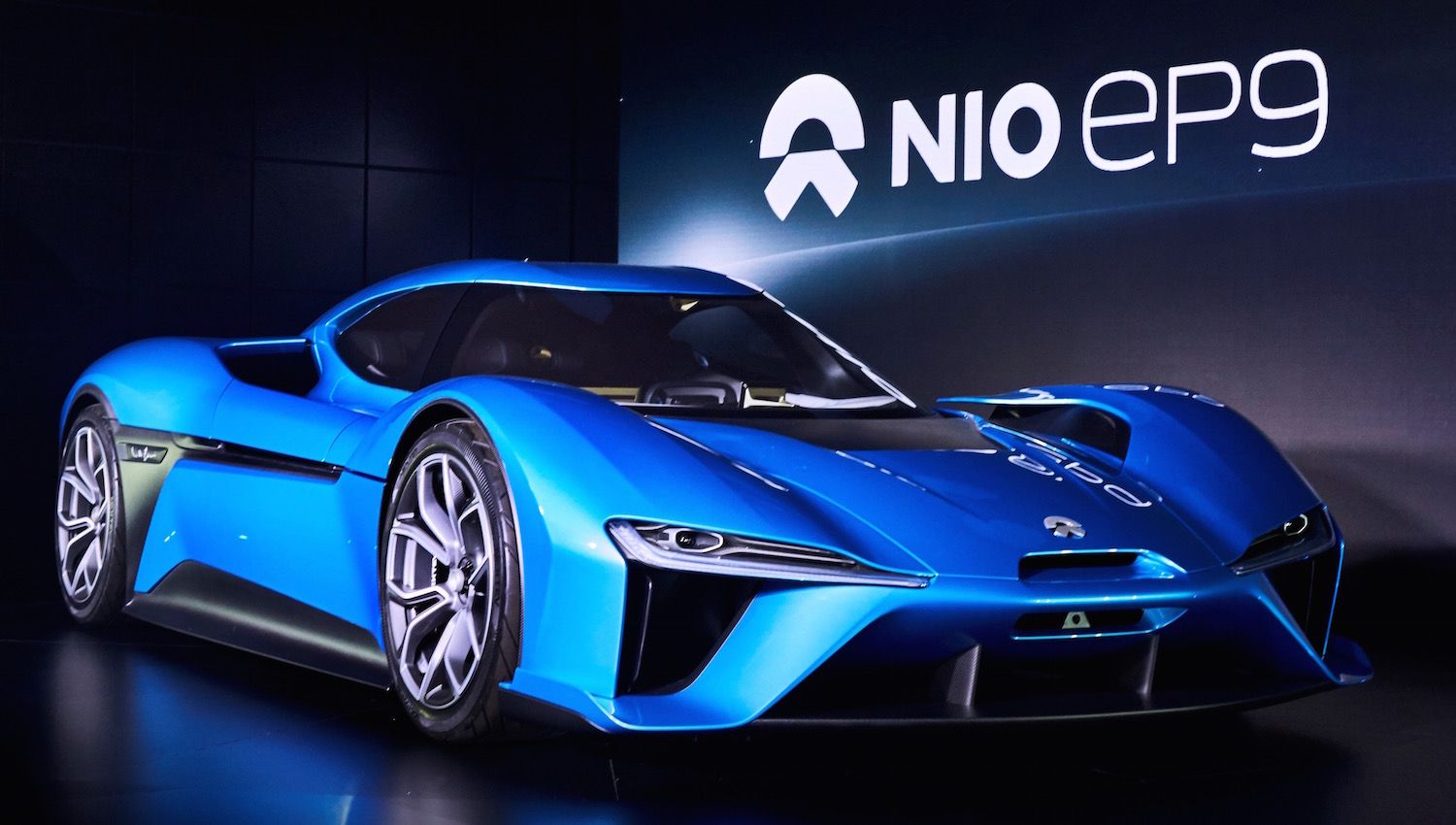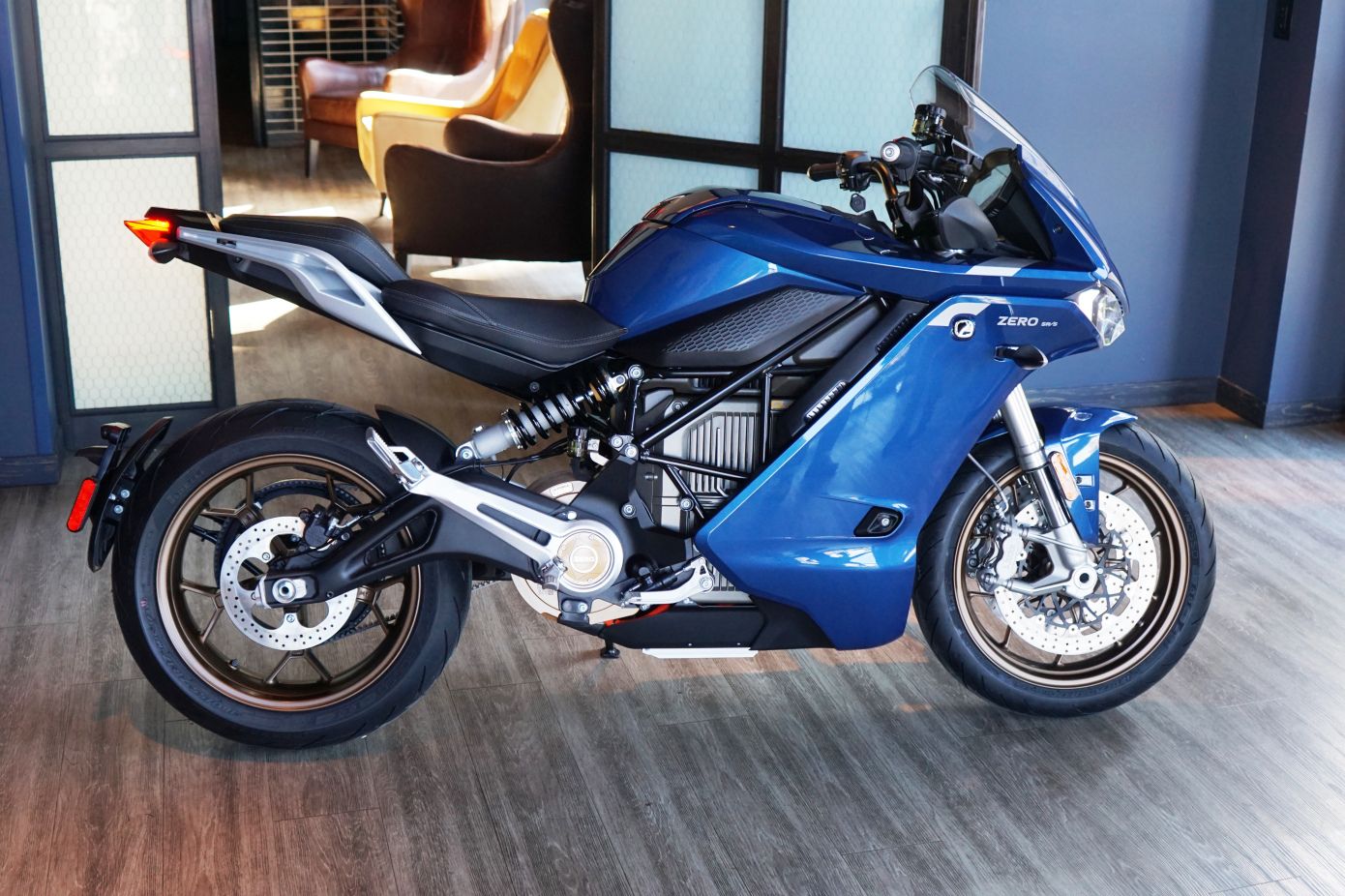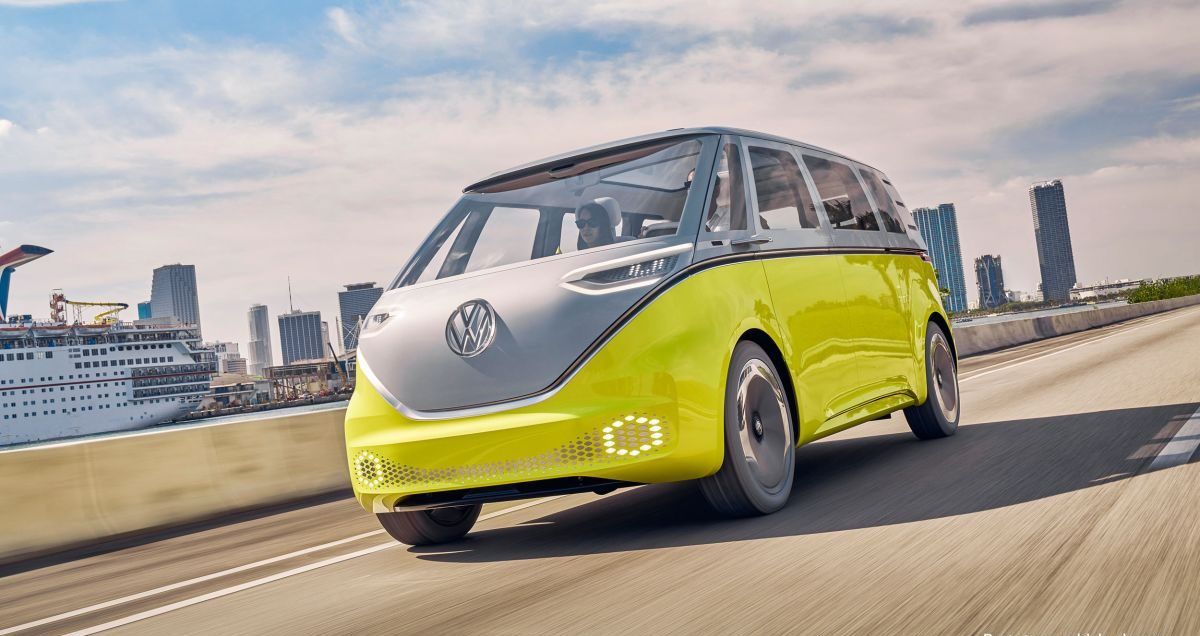The times they are a-changing. The electric vehicle actually dates back to the early 20th century. However, the serious development of sufficient storage batteries started with the shift away from lead-acid batteries in the 1990s.
Currently, there are several competing technologies and the energy density is going up while the cost of mineral extraction and manufacturing is going down. Even the weight of the storage cells is starting to be reduced. Electric Vehicles are the future of over the road transportation.
10 Constantly Increase Distance Traveled While Lowering Cost
According to Marc Carter at Inhabit.com: "Conventional batteries that power today’s electric cars and hybrids take up space and add a lot of extra weight to the vehicles. Volvo just announced that it has developed a concept for lightweight structural energy storage components that could improve the energy usage of future electrified vehicles.
The material (which consists of carbon fibers, nano-structured batteries, and super capacitors) allows the battery components to be integrated into a car’s body panels, thereby taking up less space than conventional batteries." So every generation comes up with cheaper and lighter batteries that allow for more energy density.
9 Create A Constant Flow Of Torque At All Road Speeds
Modern electric vehicles use both AC/DC motors and almost all of them make nearly constant torque so pulling power is easily available. It's also quite common to offer a version of all-wheel-drive by adding motors on more than 1 axle and tying them together via the electronics control packages thus imitating a torque-sensing differential.
While the acceleration of the first EV's couldn't break 30 miles without running out of current available in the batteries, modern EV's have plenty of power and can travel beyond 100 miles per charge. Claims of travel beyond 350 miles in between top-ups are being made on the newest models.
8 Offer A Much Higher Conversion Rate Of Useable Power From Fuel
The newest gasoline engines, like Nissan's V.C. Turbo are among the most fuel-efficient that has the least amount of wasted energy into the cooling system and exhaust system. However, we are only talking around 26% of the potential actually being converted to work.
Certain diesel engines are 30% more efficient than gasoline engines so figure a really efficient diesel engine in something like a modern VW can convert roughly 1/3 of all energy into motion. If you discount the losses in the power generation and transmission, actual work converted from the batteries in an EV is above 92% with a little loss in transmission and friction within the motors.
7 Seriously Decrease The Cost And Amount Of Maintenance In The First 5 Years Of Ownership
Yes, eventually after thousands of hours of usage, the battery cells will need to be changed out and that gets expensive. However, without a transmission to break and few parts to heat up and thus need cooling, these cars simply don't have the same wear issues as conventional cars.
Even the brakes wear less due to regenerative braking, which uses the electric motors to induce resistance to rolling while actually partially recharging the batteries. The air conditioning is a sealed unit similar to a household unit, so there's less leakage within the system as well.
6 Offer Portable D.C Power Sources For Tools And Other Items
Many of the forthcoming Electric Pickup Trucks offer plug-in jacks for 12V DC and 125V AC current which can be quite handy when you are working and don't want to break out a small gasoline generator.
Things such as running stationary lights, drills, saws, etc. can easily be done and it's quite handy for short usage. This makes these really good trucks for working and doing small remodeling jobs.
5 Operate At A Much Lower Fuel Cost
An example of what we are talking about: A typical KWh costs 11.5¢, in Florida 2020 and it takes roughly 15 KWh to move a heavy vehicle for 1 hour at highway speeds when you average it out. So if you travel 60 miles per hour for 1 hour, that means it took 15 KWh to travel there. Multiply 11.5¢×15 and you have a charging cost of $1.72 to go 60 miles.
Currently, the average car gets around a median of 27 miles per gallon of gasoline. The current fuel cost in Florida is around $2.10 a gallon. So it takes 2.2 gallons for an average car to travel 60 miles. 2.2× $2.10= $4.62 for the median gasoline-powered car. That is a saving of $2.90 in fuel costs, and the EV would most likely be the more powerful of the two cars.
4 Offer Easier Transmission Of Motive Power From Drive Motors To Wheels
Very few EVs have a multispeed transmission. The ones that do use them are usually chassis that were converted to from IC engines or competition vehicles that travel at speeds above 110 M.PH. Thus, the motors are usually direct-drive and reverse is accomplished by changing the rotation of the field coil excitation.
All-wheel-drive for most EV's is accomplished by paring 2 or more motors and using wheel speed counters to keep the wheels at equilibrium for speed and traction. This usually simplifies installation and cost and keeps the weight over the axles where it's well-balanced so long as the batteries are kept low and centered in the chassis.
3 Offer Breathtaking 0-60 Acceleration At A Reasonable Cost
Way back in the mid-90s when GM had their pilot program called "Impact" which later became the "EV1" program of testing and evaluating future electric vehicles for mass marketing, the test evaluators described take-off power as "Wow!" This was with primitive lead-acid batteries that left you pushing the thing off the road after 35 miles.
Power was always there, what was needed was the ability to carry more! That has come along, and it gets better every year. Most direct-drive cars struggle above 110 mph as the shaft speeds start to overcome practicality without an overdrive, those that need it have gearsets for racing. For the average person, this is of little consequence, but acceleration into traffic flow is important.
2 Offer Far Fewer Emissions
No surprise here, as the cars offer no airborne pollutants from normal operation. When you count the emissions from coal-fired power plants with scrubbers in their stacks, EV' still edge out regular IC powered cars.
That's because there is such a low loss of useable power, and modern First World Coal-Fired Power Plants emit mostly CO2 because the coal is processed to remove 13% of pollutants before it's used, and the scrubbers catch most of the soot. Also since stationary power-generation is optimized for load, there tends to be a higher yield of energy and less loss due to friction, heat, and exhaust waste.
1 Pick Up Chicks, If It's A High-End Car
Guys, women love wealth as well as comfort, and they love anything called green or eco! No woman will turn down a ride in an exotic sports car. However, when you are trawling the beach for women, if you drive a high-end exotic EV and you tell her it's the newest thing that is replacing that twin-turbo Italian exotic, she'll dig it.
Pick her up in an"Aspark Owl" and you'll see what we mean! It's just the way things work! Laugh as you bask in air-conditioned luxury while plodding along Rodeo Drive, while some guy in a Ferrari roasts from the engine heat, 2 cars ahead of you, while crawling at 10 miles per hour at 5:30 P.M.!



